The beautiful and fragrant, seemingly quite harmless colors of arnica should not deceive you - this mountain herb that resembles a pretty daisy, contains toxic compounds that dramatically increase blood pressure and can lead to permanent damage to the heart.
That's why refined oils and infusions of arnica are absolute contraindications for oral use. For external use, however, arnica is an extremely effective treatment for sore muscles, bruises and contusions.
Arnica (Arnica Montana) is a wild herb that originated in Europe but is grown in the United States too. Find it on the Iberian Peninsula to the southern parts of Scandinavia, Siberia and in the Carpathians, all the way to Western Asia.
There is the so- called false arnica (Heterotheca inuloides), which grows in Mexico and the southwestern United States, where its look is similar to mountain arnica, which grows freely in the country.
The strong and pleasant aroma of arnica may be felt in areas with an altitude of 600 to 3000 m, where it prefers moist and not necessarily rich soil.
Arnica is a perennial herb with short, cylindrical, reddish rhizome. It has many thin roots. Only the stem of the herb is high and fuzzy, ending in a beautiful yellow-orange flower.
Arnica flowers in May-September and blooms in June-July. It is sometimes confused with marigold, which it has nothing to do with. Usable parts of arnica flowers are mostly in the surface part, and even more rarely- the roots.
For centuries, arnica was highly valued in traditional European medicine. The first evidence indicating the use of its healing properties comes from the early 16th century. It is said that even the German philosopher and poet Johann Wolfgang von Goethe (1749-1832), drank tea from arnica to relieve his angina.
In certain climates, arnica can be very suitable for cultivated medicinal uses, with aromatic plants and honey, but unfortunately there is no such common practice. However, arnica is one of the most popular herbs in homeopathy, where its use is most beneficial for its analgesic and anti-inflammatory action.
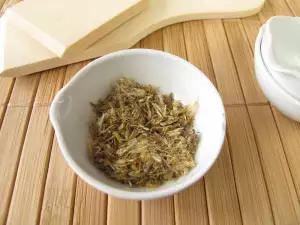
Composition of arnica
The powerful healing powers of arnica lie in its ingredients. The beautiful colors of the whole herb hide 150 substances. Perhaps the most important of these is silicic acid, which allows arnica to have such a strong healing and restoring power.
Silicic acid has an adjustable external and internal healing process for the human body. This acid is essential in cases of muscle and tissue injuries, because it activatesthe healing powers of the body.
The composition of arnica includes a large number of flavonoids , polysaccharides, sesquiterpene lactones, but also mucilage and many essential oils including thymol. Arnica also contains fructose, tannins, resin, inulin, carotenoids and many others. Two chemical substances in arnica - helenalin and dihidrohelenalin have soothing and anti-inflammatory properties when absorbed into the body through the skin.
Application of arnica
Used for centuries in traditional folk medicine, arnica is now certified as a remedy for external application on bruises and sore muscles from a prestigious German government agency for the safety of medicinal plants, which is considered the world's leading institution in the field of phytotherapy.
Arnica in pharmacy chains can be found in various forms - as a gel, cream, ointment and more. It’s often used as a compress. For this purpose, prepare a strong infusion of 2 tsp arnica flowers and 1 cup boiling water. Cool the infusion, dip a clean cloth in it and apply to affected by injury or pain area.
Benefits of Arnica
Arnica is an herb that is extremely effective for bruises, sprains and strains, sore feet and all injuries, bursitis, tendinitis and even carpal tunnel syndrome. The plant is considered only as a homeopathic remedy for shock, trauma or pain.
Once arnica was taken for treatment of angina and heart failure, but today it is rarely used for this because of the risk of toxicity.
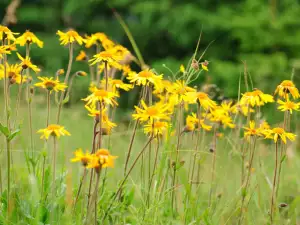
Worldwide, arnica has been used successfully in the treatment of wounds, hemorrhoids , bruises, toothache, muscular aches, bronchitis, stomach pain, diarrhea and menstrual pain. Some women take arnica for a painless childbirth.
In folk medicine in Russia, arnica is used for the treatment of uterine hemorrhage, myocarditis, arteriosclerosis , angina, fatigue, and furthermore heart failure, sprains, bruises and hair loss.
The great strength of arnica is bruise fixing, which helps the body absorb the accumulated blood in the affected tissues. Cream or ointment containing 5-25% arnica extract applied several times a day relieves pain and reduces swelling and bruises. If you prefer tincture, mix 1 part of a 3 to 10 parts water, dip a clean cloth in the solution and impose on bruise.
To reduce bruising, you can administer 1-2 tablets of homeopathic preparation of Arnica with 30C potency as quickly as possible after the receipt of the injury. Dispense according to package directions.
Treatment of mild sprains with arnica is a very popular method of relieving pain. It improves blood circulation, increasing the flow of nutrients to the muscles and simultaneously stimulates the breakdown of certain products such as lactic acid resulting from the injury.
If at the end of the day your feet are so tired that you feel them throb, just dip them into warm water to which you add 1 tablespoon tincture of arnica. Soon the pain is relieved due to improved blood circulation. Arnica works well for insect bites, pain and itching.
Dangers of arnica
Internal use of arnica is strictly contraindicated, except as a homeopathic remedy when highly diluted. Arnica should not be used near the eyes, mouth and open wounds because it is a toxic herb. Do not treat open wounds with arnica oil - in the best case, it will only cause irritation. Even small doses of the plant are toxic and should be used only under the supervision of a specialist.
If you have an allergy to helenaline, regular use of the herb can cause contact dermatitis - a harmless but extremely nasty rash. Arnica is contraindicated for people with allergies to chrysanthemums or other members of the Asteraceae family. The highest risk if you use arnica comes from using it in a high concentration.
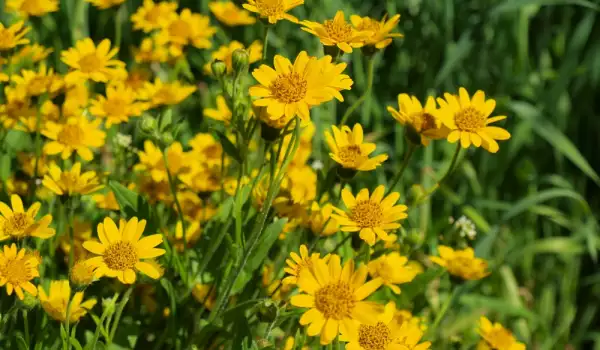
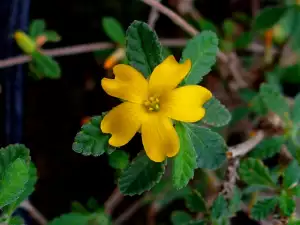
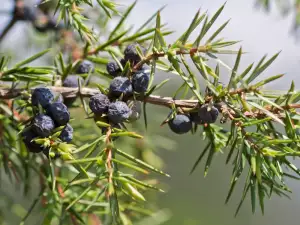

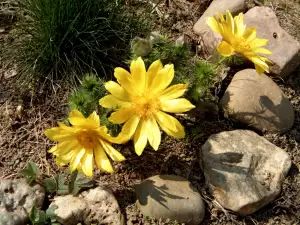

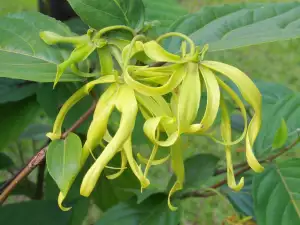

Comments